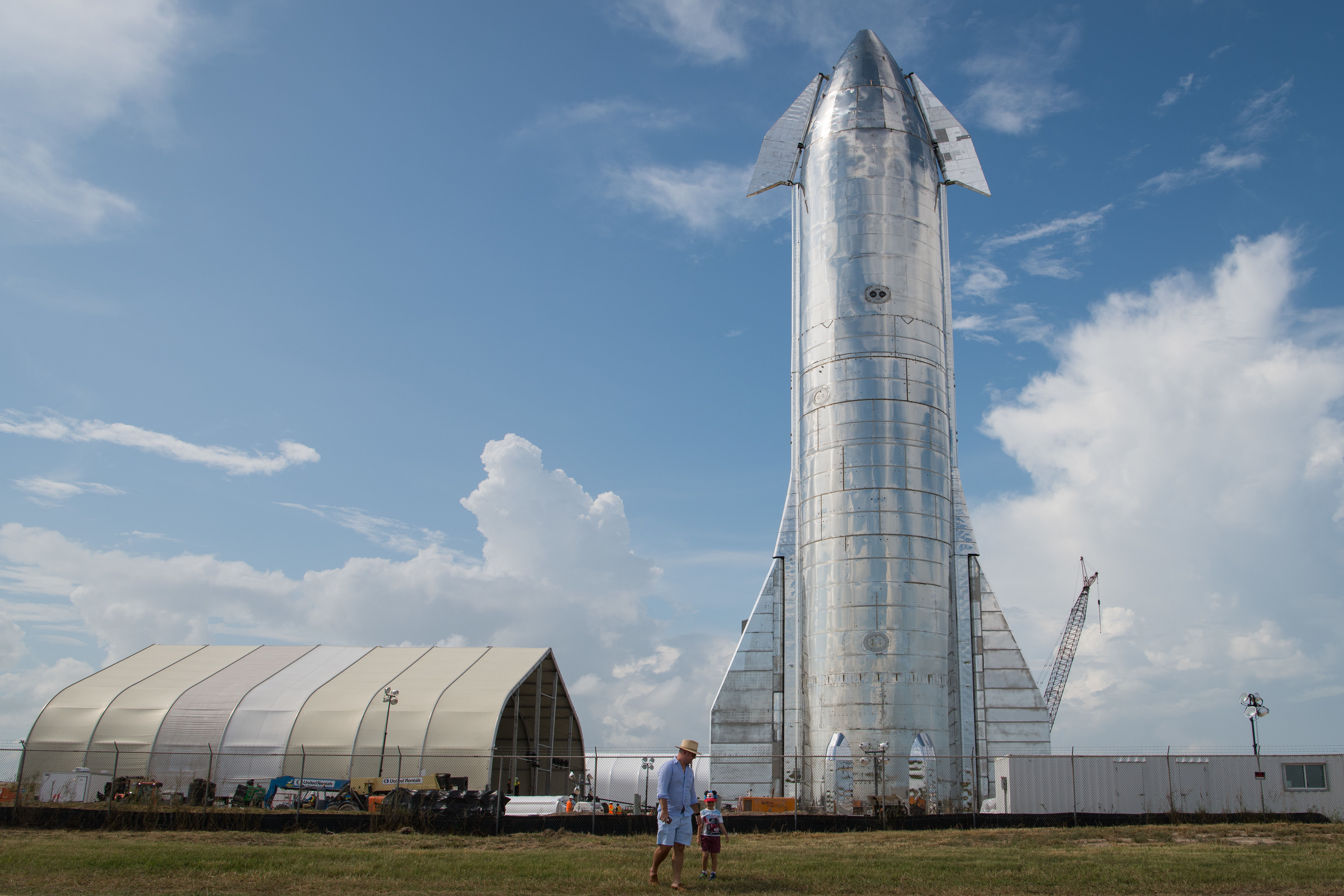Create a free profile to get unlimited access to exclusive videos, sweepstakes, and more!
Starship launch ends in another explosion…but SpaceX forges forward with SN10 prototype on standby

Today’s high-altitude test flight of SpaceX’s SN9 Starship prototype followed a familiar pattern for anyone who caught the test flight of its SN8 predecessor: A smooth liftoff, a graceful flight path that checked off all the boxes for what SpaceX hoped to learn…and then a hard crash landing that resulted in a spectacular explosion on the ground, and the total loss of the prototype.
Though the SN9 craft successfully attained its marked goal altitude of approximately 6 miles, things didn’t look right in the moments before landing, as the later stages of SpaceX’s own livestream show:
Two Starship test flights — and two explosions — in a row. Indeed, today's repeat of the Dec. 9 high-altitude test (and subsequent landing crash) of Starship SN8 may have been enough to prompt SpaceX live-caster and principal integration engineer John Insprucker to confess in the livestream feed, “We’ve just got to work on that landing a little bit.” But it apparently hasn’t been enough to deter the company from keeping its ambitious sights set on the stars.
Despite the pair of fiery vertical touchdowns in less than two months’ time, CNBC and other outlets reported that SN10, the next prototype in line for testing, was already assembled and waiting in the wings near the Boca Chica, Texas launchpad where SN9 took off on Tuesday.
The development test flight was intended to put the current prototype through similar steps as the December test, with the SN9’s three rocket engines successfully conducting a phased shutdown to reach an altitude of 6.2 miles (10 kilometers). The vessel also performed a horizontal “flip” maneuver like the one its SN8 predecessor successfully executed weeks ago, and the rest of the flight went smoothly until the stainless steel craft neared the ground, firing its thrusters for an off-kilter slow descent that resulted in the crash-landing explosion.
SpaceX hasn’t said when it plans to test the SN10, which stood nearby as the SN9 went through its paces Tuesday. The company also hasn’t shared what SN10’s testing parameters will be, though the next-in-line prototype is “expected to begin prelaunch testing soon,” according to a post-crash report at Space.com.
The long-term goal for the Starship program is to prepare the vessel as a multipurpose takeoff vehicle for missions in both low orbit and deeper into space. Relying on SpaceX’s Raptor engines, Starship is designed to be capable of both crewed and uncrewed payload missions, with the ultimate goal of carrying humans to both the Moon and Mars.


























